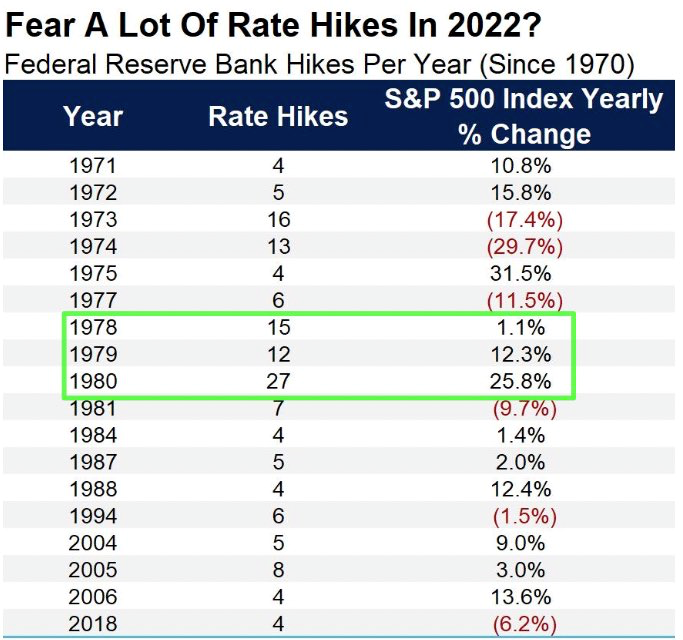I am always fascinated with the number of different methods invented to help people lose weight. I am also intrigued with how much things have changed over the years with conventional wisdom as it applies to weight loss strategies. For example, for many years people talked about the importance of eating several smaller meals throughout the day, with the theory implying, that your metabolism stays elevated throughout the day and burns more fat. Recently, a newer method for losing weight has been invented that is almost the exact opposite of the old conventional wisdom. This new technique encourages people to lose weight by having only two larger meals during a limited number of hours in the day. They even have a fancy name for this latest diet fad, “Intermittent Fasting,” or there is my fancy term for the same thing called “Skipping Breakfast.” Out of all the techniques that are used to lose weight I feel that my strategy is more unique than most. When I am on the heavier end of my acceptable range, I notice my belt squeaks when I walk. The squeaky belt means I have to eat less and work out more until the squeaking stops.
Just as there are many different theories on the best way to lose weight there are at least as many strategies designed to invest during times when the Federal Reserve is expected to increase interest rates to help cool down the economy and stave off inflation. At the present moment, the expectation of Federal Reserve rate hikes has been generating a lot of buzz in the media regarding investment strategies during times of interest rate increases. I think the conventional wisdom accepted by many people is that interest rate hikes equal poor stock market performance. Unfortunately, in today’s society, I am starting to trust the old saying, “Believe nothing you hear and only half of what you see.” In honor of this old saying, let’s uncover the truth to this conventional wisdom by taking a look at what has actually happened during years where the Fed has increased rates in the past. The following chart shows the number of Federal Reserve Bank interest rate hikes since 1970 by year.
Source: LPL Research, Bloomberg 1/27/2022
As you can see by the chart, there are a number of years where the stock market did very well, and there were years where the market did poorly. The most significant market declines during interest rate hike years were 1973 and 1974. I think this is important to analyze to help us determine if there are parallels between those years and today. In 1973 and 1974 we had significant inflation that stemmed from the oil import embargoes from participating OPEC nations. One could certainly argue that what we are facing today, based on the country’s current state, is entirely different from what was faced during 1973 and 1974. If you believe that argument it would not be fair to make hasty portfolio decisions based on a completely different set of circumstances.
Going forward we still believe that it is nearly impossible to predict short-term movements in the stock market as it is never the snake you see that bites you. To put this a different way, it is rarely the present set of known circumstances that cause a market decline. Instead, it is the unknown that suddenly emerges without notice that can cause bear markets. Presently, if you believe in efficient markets then all of the bad news in the world is already baked into current market valuations, and this means that things will either improve of get worse than what we expect. If future reality proves to be worse than what we presently expect the markets would be expected to go down. If we discover that these highly anticipated rate hikes are not as bad as what we presently expect the markets will likely go up with all other variables being equal.
So Where Do We Go from Here?
As many of you know our firm has a team that is actively monitoring your accounts and the markets. This team presently believes that there are segments of the stock market, especially within the high growth space, that have overly rosy valuations. If this belief is correct this category could eventually result in poor relative performance. We also believe that there are segments of the bond market, especially with bonds that have longer maturity dates, that are overpriced. Historically bonds that have longer maturity dates have a propensity to lose value during times of interest rate hikes.
This past year we made portfolio adjustments within clients’ LPL investment accounts to reflect these concerns while also positing portfolios to segments of the stock and bond markets that we believe have more attractive relative valuations. These adjustments should help cushion a potential downturn in the markets while providing greater upside long-term potential should the markets continue to rise. In essence, we are keeping a close eye on the situation and adjusting accordingly. It is important to remember that we do not have a crystal ball, but as a company, we have been navigating these markets for over 35 years and believe that patience can be one of your greatest assets when times get scary. I hope you find this information helpful, especially the tips on weight loss if your belt starts squeaking when you walk. Enjoy your winter!
The opinions voiced in this material are for general information only and are not intended to provide specific advice or recommendations for any individual. All performance referenced is historical and is no guarantee of future results. All indices are unmanaged and may not be invested into directly. The economic forecasts set forth in this material may not develop as predicted. All investing involves risk including loss of principal. No strategy assures success or protects against loss.




